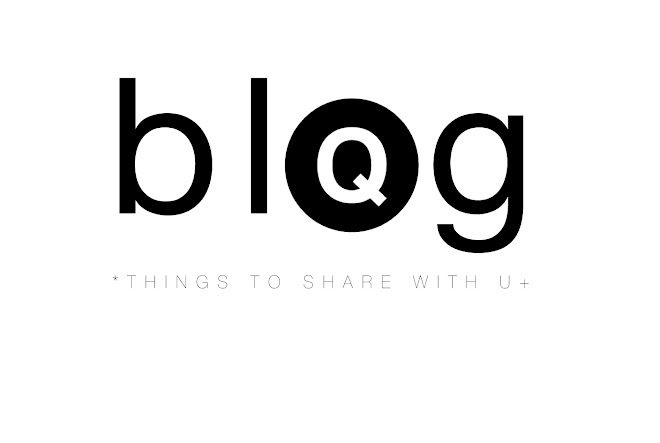Yesterday we have to writte down a text describing our projects and swap it with each other in order to bring new ideas to the projects of our colleagues... The text I received was not that well written but it containned this interesting concept that wikipedia helped me to understand.
An affordance is a quality of an object, or an environment, that allows an individual to perform an action. Psychologist James J. Gibson originally introduced the term in his 1977 article "The Theory of Affordances" and explored it more fully in his book The Ecological Approach to Visual Perception in 1979. He defined affordances as all "action possibilities" latent in the environment.
Jakob von Uexküll had already discussed the concept in the early twentieth century, calling it the "functional colouring" (funktionale Tönung) of objects.
In 1988, Donald Norman appropriated the term affordances in the context of human–machine interaction to refer to just those action possibilities that are readily perceivable by an actor. It makes the concept dependent not only on the physical capabilities of an actor, but also the actor's goals, plans, values, beliefs, and past experiences. If an actor steps into a room with an armchair and a softball, Gibson's original definition of affordances allows that the actor may throw the recliner and sit on the softball, because that is objectively possible. Effectively, Norman's affordances "suggest" how an object may be interacted with.
For example, the size and shape of a softball obviously fits nicely in the average human hand, and its density and texture make it perfect for throwing. The user may also bring past experiences to bear with similar objects (baseballs, perhaps) when evaluating a new affordance.
Norman's adaptation of the concept has seen a further shift of meaning, in which the term affordance is used as an uncountable noun, referring to the property of an object or system's action possibilities being easily discoverable, as in "this web page has good affordance," or "this button needs more affordance."
This has then in turn given rise to a use of the verb afford – from which Gibson's original term was derived – in a way that is not consistent with its dictionary definition. Rather than "to provide" or "to make available", designers and those in the field of HCI often use afford as meaning "to suggest" or "to invite".
William Gaver divided affordances into three categories: perceptible, hidden, and false. A false affordance is an apparent affordance that does not have any real function. A good example of a false affordance is a placebo button.
A placebo button, also called an idiot button, is a push-button with apparent functionality that actually has no effect when pressed, analogous to a placebo. In other cases, a control like a thermostat may not be connected. Although non-functional, the buttons can give the user an illusion of control. In some cases the button may have been functional, but may have failed or been disabled during installation or maintenance. Only in relatively rare cases will the button have been deliberately designed to do nothing.



And this is what I did. A bottle with many mouthpieces and with different cups of many flavours that will drive to the user into the placebo of a flavoured water.
Workshop: Stop and Look (do first, reflect later) by Ralph Ball
The novelist E.M. Foster's aunt once said to him: "How can I tell what I think until I see what I say". It has been sugested in art and design terms this can be extended to: "How can I tell what I think until I see what I amke and do."

No hay comentarios:
Publicar un comentario